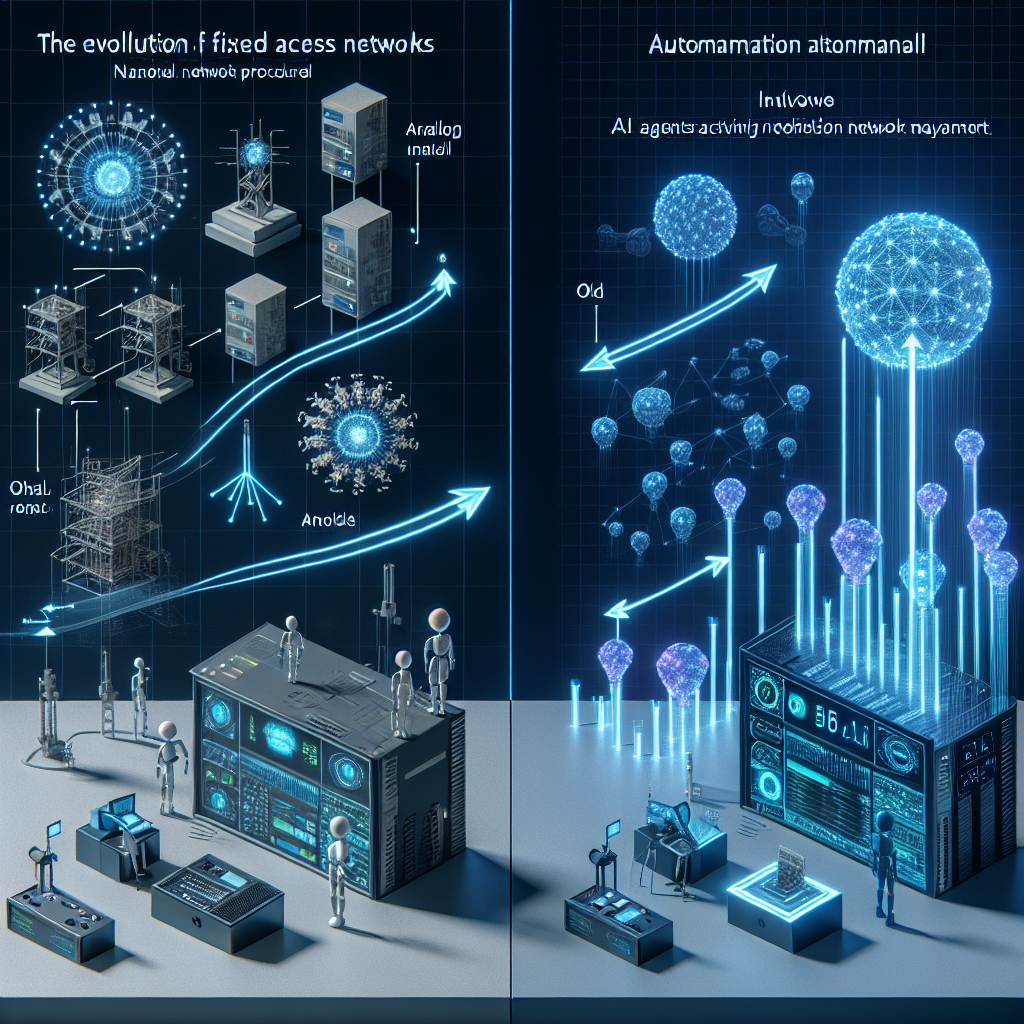
The world of telecommunications has undergone significant changes over the years, primarily due to an increasing reliance on automation and machine learning. These technologies have not only expedited operations but have also revolutionized the management of complex networks. Operators have witnessed marked improvements in various aspects such as alarm correlation and predictive maintenance. However, despite these advancements, many networks still function in a reactive mode—effectively identifying issues but lacking a comprehensive understanding of their underlying causes and optimal solutions.
This brings us to the next pivotal shift in network management: the implementation of AI agents and agentic AI. This approach is set to enhance the effectiveness of network operations dramatically.
Understanding the Foundations
Historically, telecom operations have relied heavily on rule-based automation. This method has proven effective for repetitive tasks, allowing for swift and reliable responses to specific events: when event X occurs, workflow Y is triggered. Such deterministic rules have provided consistency and predictability, essential for managing extensive networks efficiently.
With the advent of machine learning (ML), intelligence was layered on top of this foundational approach. By scrutinizing massive amounts of telemetry data, ML models identify anomalies, glean performance trends, and predict potential failures, thereby preventing future disruptions. These tools excel at recognizing patterns and making informed forecasts. Nonetheless, both rule-based systems and ML have inherent limitations. While rules can falter in the face of new or ambiguous situations, ML lacks the capacity to comprehend context or causality. In multi-domain environments—where issues may span optical, IP, and access layers—troubleshooting often requires a more sophisticated reasoning capability.
The Emergence of AI Agents
Enter AI agents, who leverage large language models (LLMs) and domain-specific knowledge to introduce this much-needed reasoning layer. Unlike previous models, AI agents can interpret alarms, correlate diverse data streams, hypothesize potential causes, and recommend the most effective actions—all the while learning from outcomes to improve over time.
For instance, in a fixed access network such as a passive optical network (PON), assessing performance degradation among several optical network terminals (ONTs) can be complex. Traditional responses may include simply restarting the ONT—a basic rule-based reaction that may not address the root of the issue. On the other hand, while ML models can predict anomalies based on previous data, AI agents delve deeper. They can analyze metrics like optical power, configuration history, and traffic changes, to reason about dependencies, ultimately identifying issues such as misaligned topologies or damaged splitters. These agents not only suggest optimal fixes but can also implement them autonomously, potentially rectifying problems before customers even notice them.
The Importance of Contextual Reasoning
This capability exemplifies the significance of contextual reasoning within fixed access networks. The complexity of these systems means that a single problem can create widespread challenges across multiple layers. For instance, a drop in optical power might be symptomatic of a larger issue affecting interconnected nodes. Leveraging reasoning allows AI agents to address the root cause efficiently, minimizing downtime and enhancing user experience.
Commercial Implications
The shift from traditional automation and ML to AI agents presents immense commercial advantages for telecom operators. By minimizing reactive responses and fostering proactive network management, operators can drive significant cost savings, optimize resource allocation, and improve service quality. The autonomy afforded by AI agents significantly reduces labor-intensive troubleshooting while enhancing reliability and service performance.
In summary, as the telecommunications landscape continues to evolve, the transition to AI agents represents a transformative step for network operations in fixed access networks. With their advanced reasoning capabilities, these agents promise not only to streamline operations but also to redefine what can be achieved in terms of efficiency and service delivery.

Leave a Reply